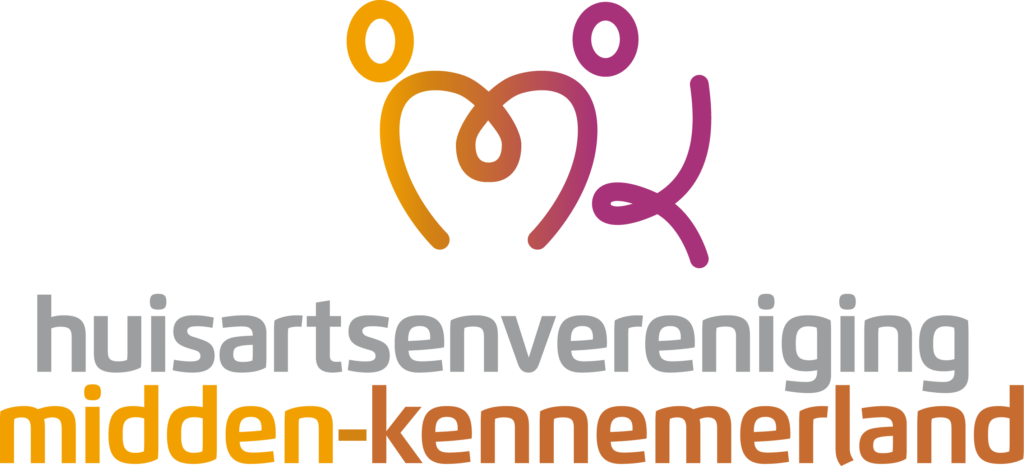URLs should be descriptive, concise, and include your target keyword. Internal links, on the other hand, help search engine crawlers navigate your website and understand the hierarchy of your content. When optimizing internal links, it’s essential to use descriptive anchor text and link to relevant pages on your website. On-page SEO is optimizing on-site elements for search engine optimization to improve a URL’s visibility in organic search results. Common on-page SEO optimization examples include producing content, writing title tags, and creating internal links. On-Page SEO involves optimizing web page elements to improve search engine rankings and attract organic traffic.
It also shows Google that your page is a hub of high quality content. Then, add a few internal links from those pages to a high-priority page on your site. You want to check your site’s code to make sure your page title is wrapped in an H1. So, we changed the blog post into a comparison article PLUS a free interactive backlink checker tool.
- Aside from title tags, you’ll also want to incorporate your keywords into your meta description.
- You want to create a logical flow from collections 👉 subcollections 👉 products.
- When looking at this URL, you know the page’s context and what to expect from it.
- Search engines also do not understand how to separate words in URLs when they run together without a separator (example.com/optimizefeaturedsnippets/).
- Use a schema tester like Schema Markup Validator to validate that the code was added to your site correctly.
- But Google does have a Structured Data Markup Helper that helps you add schema to your page.
The URL should be pasted into column B, the page title into column C, and the description into column E. If you’re tech-savvy, you can probably handle this on your own. If you’re unsure where to start, our Technical SEO training can help you.
Create quality content
Now that we’ve uncovered some of the on-page SEO myths, let’s have a look at how you can improve your on-page search engine optimization. Content that satisfies the user's search intent is extremely important to the search engine because that is what solves the searcher’s problem. We already know that a great user experience is the most important aspect of SEO. Using a logical URL structure will make your website easier to navigate, ultimately resulting in a great user experience.
Most on-page SEO tools still rely on keyword placement to grade pages, and while it remains a good place to start, research shows its influence has fallen. Understanding the techniques used to capture this meaning helps to provide better signals as to what our content relates to, and ultimately helps it to rank higher in search results. This post explores a series of on-page techniques that not only build upon one another, but can be combined in sophisticated ways. Click to add suggestions and build a list of topically aligned keywords.
Increase Traffic & Leads
As a result, you’ll know exactly what to create content on next. There are some key on page things you should be implementing to improve your site functionality and experience. Check out more of our top SEO tools in this post about 11 SEO tools you should know.
URL stands for Uniform Resource Locator and is the address of your webpage. Visitors access your website via a page URL which is found through a search engine, internal link or backlink, or by typing the address into a browser directly. This is one of the more advanced tasks on this on-page SEO checklist. But Google does have a Structured Data Markup Helper that helps you add schema to your page.
On-Page SEO Elements Checklist: Deep Dive for B2B Websites
On-page SEO is everything you can do internally to boost your rankings, including keyword optimization, meta descriptions, title tags, alt text, and website structure. On-page SEO is important because it helps improve your rankings in search engines. The higher your ranking, the more likely people can find your site when browsing. This helps people who are interested in what you’re offering find your products, content, or services, increasing organic traffic and helping you grow. Whether it’s to read a blog post or check out a product page, people browse your content. Optimizing your content can help search engines understand and rank your content, which can lead to people finding your website.
When SEO Anomaly you click on Focus Keyword, you’ll see an analysis of how you’ve used your target keyword. Every big Google algorithm update is designed to better identify quality. High-quality content is original and engaging content that covers the topic well and satisfies searchers. And optimizing your images can boost their appearance in Google Image Search, leading to additional traffic. By focusing on key on-page elements you can improve your site's visibility and search performance.
Instead, we created a guide that covered everything about that topic. We could have published a generic piece of content like “25 Tips for Video SEO” and covered every tip already on the SERP. Staying on top of what’s working right now is your best chance at creating content people actually want to consume. And those links show Google that our content is well-referenced and trustworthy.



